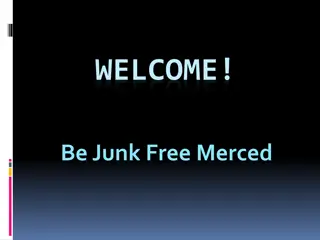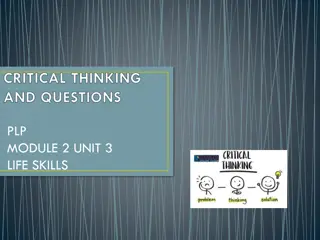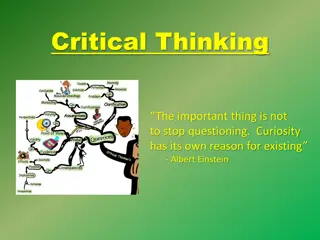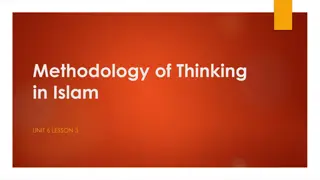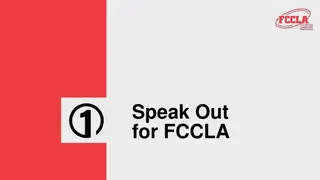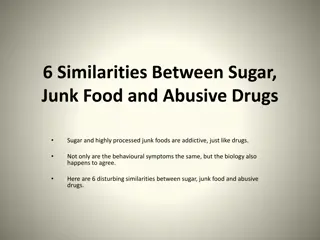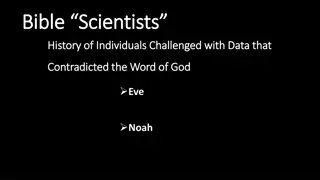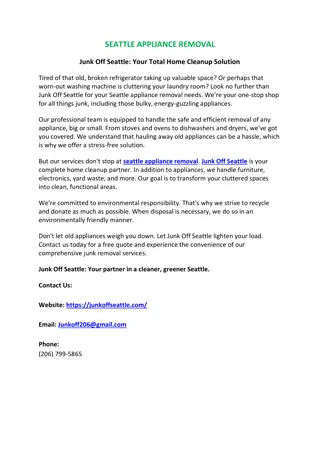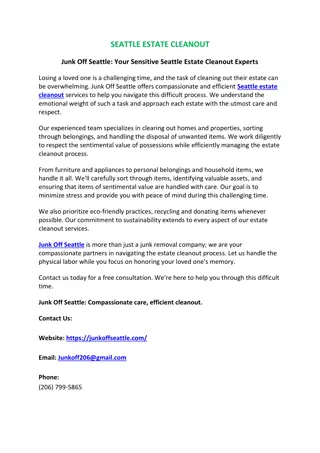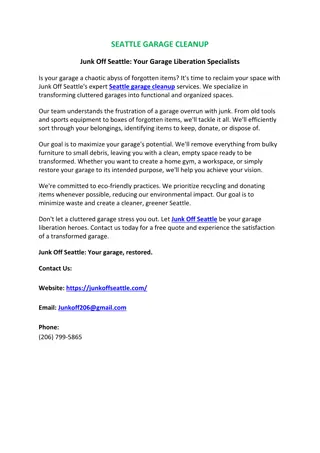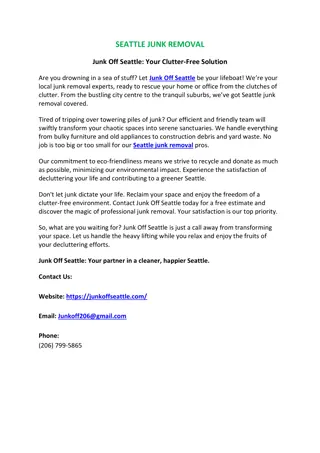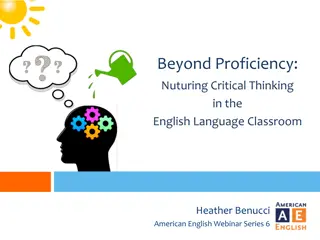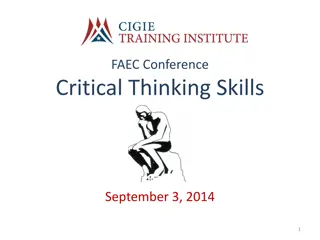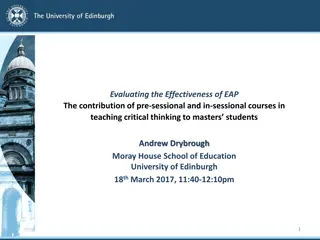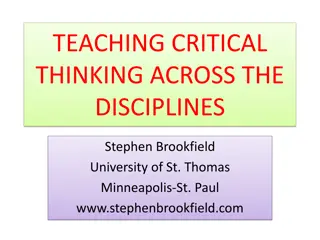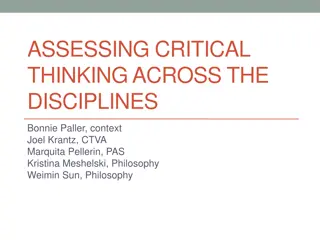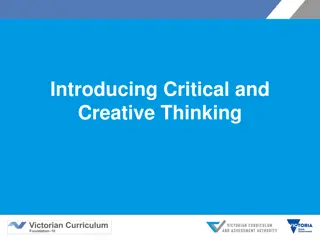Understanding Pseudoscience, Junk Science, and Critical Thinking
Explore the defining characteristics of pseudoscience and junk science, along with the importance of critical thinking in evaluating scientific claims. Learn to differentiate between valid scientific practices and misleading information used for various agendas. Gain insight into common examples and the impact of these practices on society.
Download Presentation

Please find below an Image/Link to download the presentation.
The content on the website is provided AS IS for your information and personal use only. It may not be sold, licensed, or shared on other websites without obtaining consent from the author. Download presentation by click this link. If you encounter any issues during the download, it is possible that the publisher has removed the file from their server.
E N D
Presentation Transcript
Pseudoscience and Junk Science Mrs. Karen Baranoski Wilkes University Ed 370 & 371 2015; Revised 2020
Scientific Method Define problem. Perform research. Form a hypothesis. Perform experiment. Observe, collect data. Arrive at conclusion. Does it support your hypothesis? Purpose for using: It helps a person think logically about the world.
Critical Thinking Critical thinking means correct thinking in the pursuit of relevant and reliable knowledge about the world . A person who thinks critically can ask appropriate questions, gather relevant information, efficiently and creatively sort through this information, reason logically from this information, and come to reliable and trustworthy conclusions about the world that enable one to live and act successfully in it. Schafersman, Steven D. An introduction to critical thinking. June, 1991. www.freeinquiry.com/critical thinking.html.
Junk Science Definition: Faulty scientific data and analysis used to further a special agenda, such as the Ab Rocket or WuYi Tea Diet Plan Who uses it? The media, personal injury lawyers, social activists, government regulators, businesses, politicians, individual self-motivated scientists, individuals selling consumer products (From Union of Concerned Scientists)
Pseudoscience Definition: Beliefs or practices mistakenly regarded as being based on the scientific method (Compact Oxford English Dictionary, 2003), such as Big Foot It sounds scientific, but is not based on extensive, peer reviewed research that is reproducible.
Further Definition/Examples (Steven Dutch, Natural and Applied Sciences, University of Wisconsin, Green Bay, 2009) Pseudosci ence Junk Science Velikovsky, Creationism, UFO's, Bigfoot, Loch Ness Monster, Psychic phenomena, Astrology, horoscopes; Pseudoscience used for practical purposes: denying unpleasant realities about the environment or winning a legal contest, quick result diet/exercise plans, unbelievable employment plans, etc.
Why should this lesson be taught to elementary and secondary students? *To help students: 1. Develop critical thinking skills. 1. Become intelligent consumers. 2. Avoid losing money in scams. 3. Recognize false statements by politicians or those in authority about diseases, use of vaccines, climate change, etc. and rely on scientific evidence when choosing leaders, lifestyles, etc. 4. Avoid damaging health with faulty diet plans, nutritional supplements, or exercise regimens. * Starting by 3rd -4th grade.
Science vs. Pseudoscience (Coker, Rory, 2009) Literature is aimed at the general public. Results cannot be reproduced or verified. Failures are ignored, excused, or hidden. As time goes on, no physical phenomena or processes are ever found. Convinces by appeal to faith and belief. A pseudoscientist earns some or all of his living by selling questionable product Findings are published in scientific journals. Reproducible results are demanded. Failures are searched for and studied closely. More and more is learned in time. When new evidence contradicts old ideas, they are abandoned. A scientist does not market unproven practices or products.
Sample Lesson Plan 1. After discussing the scientific method, use examples of pseudoscience and junk science such as Big Foot and a fantastic diet plan from a newspaper or magazine. Have students read and discuss pros and cons of the topic in groups or as an individual writing assignment if working from home. Have students bring examples to class for a group collage, or if working from home make an individual collage or hand drawn poster from examples of this topic. 2. 3.
References Baranoski, K. 2015. Information on scientific method, sample lesson plan, etc. King s College; Biology 111 Lab information. 2009. Pseudoscience and junk science (some sources embedded within PowerPoint).




